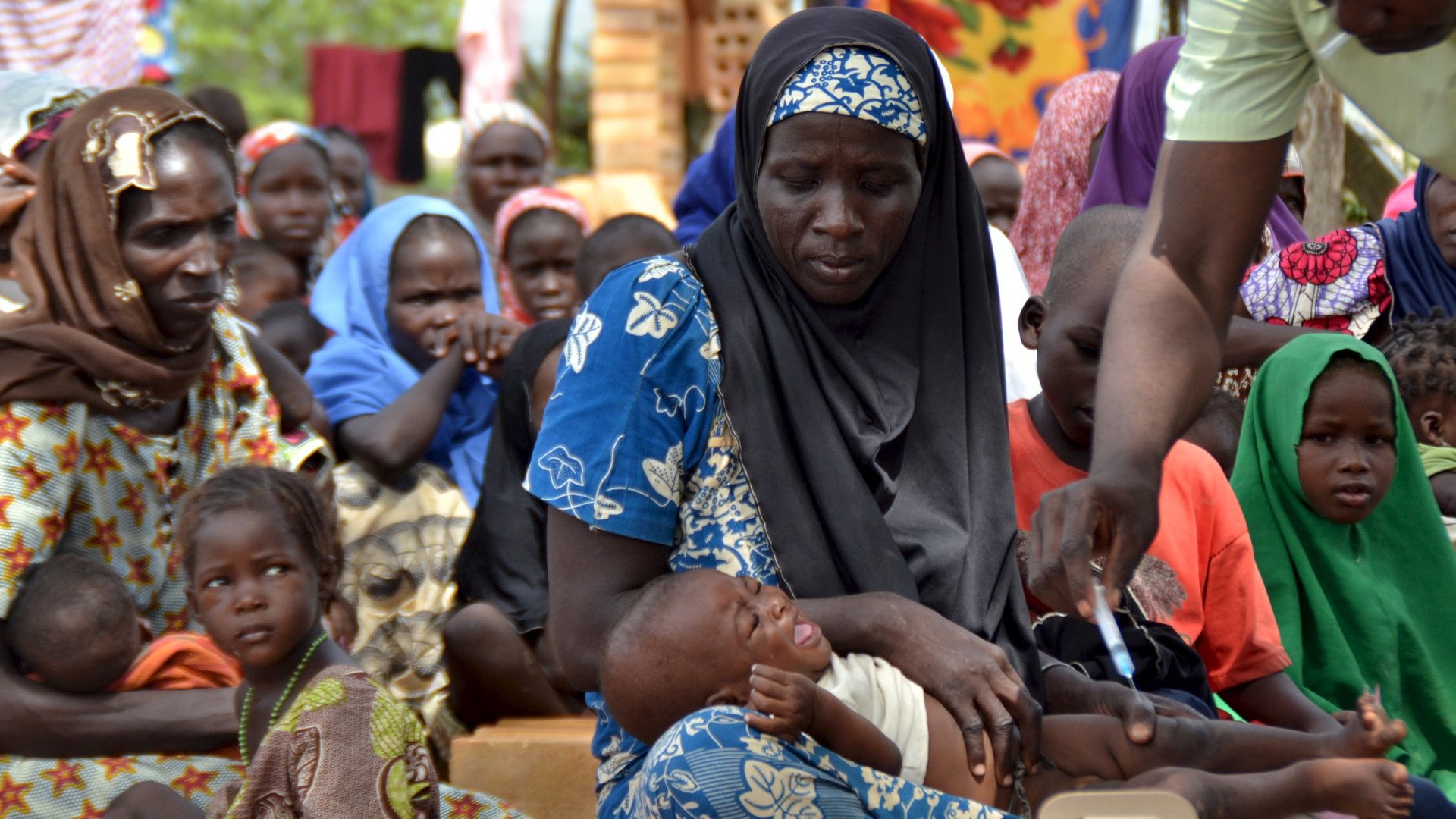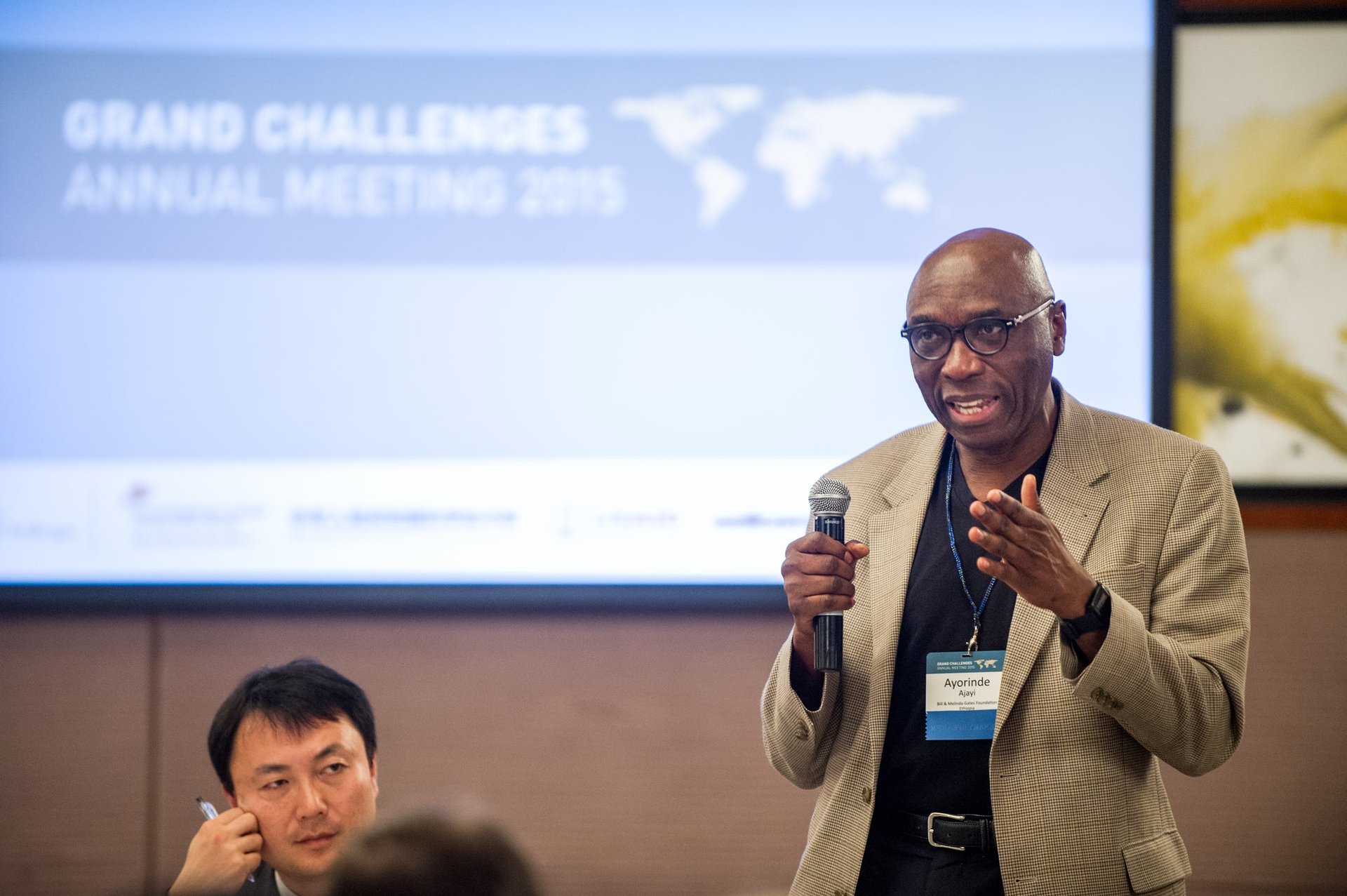What birth control in 1970s Kenya and mobile phones today teach us
Ayo Ajayi remembers his first years as a doctor in the outpatient department of a Nigerian state hospital as frustrating. Now, about four decades later he encounters a similar frustration. Only this time, as the director of the Africa Team of the Bill and Melinda Gates Foundation he has the power to change it.


Ayo Ajayi remembers his first years as a doctor in the outpatient department of a Nigerian state hospital as frustrating. Now, about four decades later he encounters a similar frustration. Only this time, as the director of the Africa Team of the Bill and Melinda Gates Foundation he has the power to change it.
“You see child after child suffering from the same things: measles, diarrhea, malnutrition and you see the same child sometimes,” Ajayi recalls. “At the time, I didn’t correctly identify it: people weren’t using birth control.”
Large families meant that parents rarely had the material and psychological requirements to give each child the shot they deserved. It also made them more vulnerable to illnesses that affect them long into their adulthood—if they survive—from diseases that have long been eradicated in the developed world. Children in impoverished families also do not have access to education, which is essential if Africa wants to really benefit from its young population, explains Ajayi.
Not “giving the woman a break,” in between children also put the mothers’ lives at risk, says Ajayi. He finds it particularly infuriating that in too many parts of Africa a woman’s preventable death in childbirth or soon after is so easily dismissed as an inevitable statistic.

“It’s still too okay for a woman to die at childbirth or for a child to die. It’s still too acceptable—it’s almost like an act of God,” he told Quartz. “If you prioritize them and say, these lives are valuable and important we will put efforts to it and we could very dramatic results because we know how to do it.”
Ajayi’s frustration led him into public health and he was fortunate to find himself in Kenya in the 1980s, working for Pathfinder International, just as the country was beginning to really benefit from a state-sanctioned nationwide birth control program. It’s a policy he believes should still be applied today.
Kenya’s post-independence development plan reflected the goals of the era, still applicable today: freedom from want, disease, ignorance and exploitation, achieved through economic growth and self reliance, according to a study by the World Bank (pdf).
At the time, Jomo Kenyatta’s Kenya was trying to play catch-up with Julius Nyerere’s Tanzania and rumor had it that the elder Kenyatta thought it unnecessary at first, but was swayed by his younger colleagues as essential to national development.
The program’s rollout, often a combination of injection or IUD, was by no means perfect. It was duly politicized, received sporadic funding, suffered from overly optimistic expectations and poor monitoring and evaluation. Still, health authorities stuck to the plan was revived and demographers estimated that if they got 700,000 women on birth control, they could avert 150,000 births from 1975 to 1979 and achieve a fertility rate of 4.7 births per woman.
By 1989, 45% of married women had been on some sort of contraceptive and over 90% knew something about birth control, according to a 1992 study. A 2004 assessment by the United Nations found that Kenya had very nearly reached its 1974 goal: with a total average rate of five births per woman. That number continues to decrease, albeit at a slower rate. When compared to a country like Nigeria, which only implemented a fully committed national plan in 2009, the decrease is significant.
Today, Ajayi’s frustration is tempered by his enthusiasm for the mobile phone and what it has taught Africans about innovation. That many Africans went from not being able to install a landline to now banking on their cellphones is “incredible,” he says. That platform has given Africa’s innovators a platform—the mobile phone—to create innovations from banking to transportation.
Ajayi believes the same innovative spirit needs to be fostered for healthcare and it needs the kind of political will Kenya showed in the 1960s already. To draw a lesson from the mobile phone sector and Kenya’s early hiccups, Ajayi recommends that governments only level the playing field through regulations and national health insurance scheme. The private sector can then come in and play its role via public private partnerships, he says.
“That’s the beginning.”